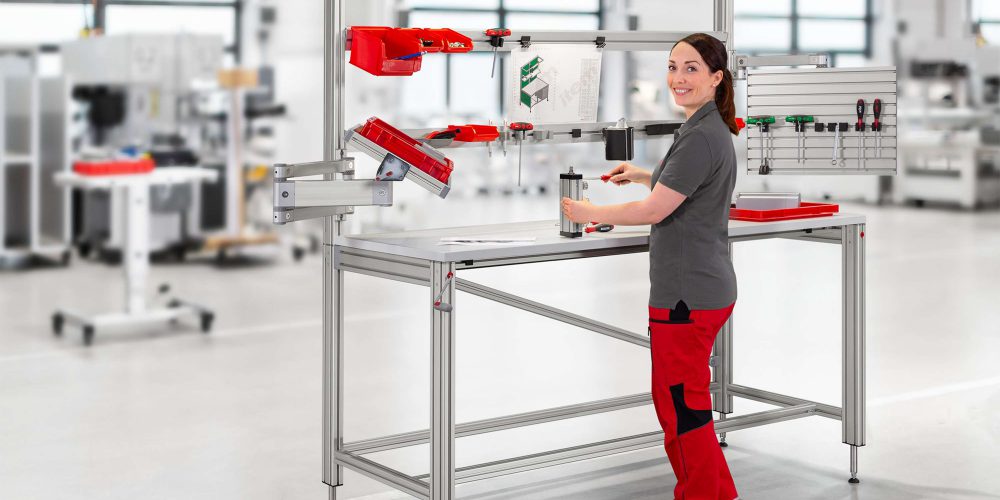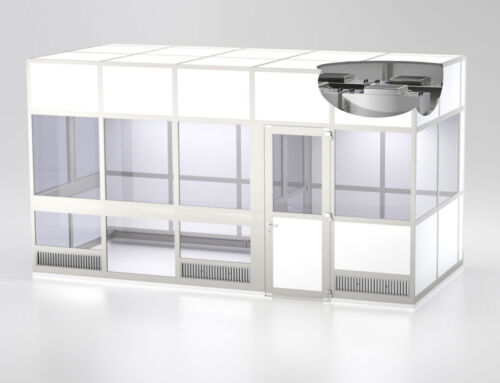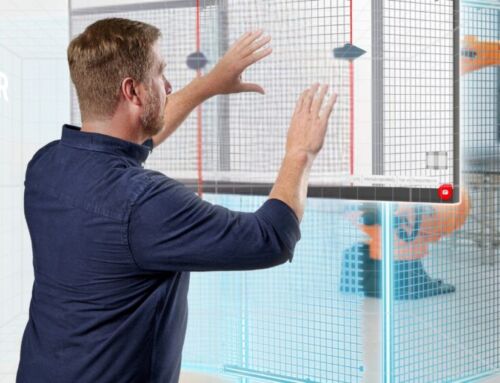Every employee is different, and ergonomics take this into consideration – something that is seen particularly clearly in the work bench handling area.
People are now increasingly working from home. More than ever, this makes ergonomics a key aspect of discussions relating to modern working practices. Basically speaking, ergonomics combines protecting the health of employees with process optimization. Marius Geibel, an ergonomics expert at item, sums up how ergonomics boosts the efficiency of industrial work benches as follows: “Ergonomics helps companies to retain their workforce for the long term and find effective solutions for dealing with the demographic changes that are causing so much debate. Employees benefit from better health and companies benefit from better efficiency. It’s a win-win situation.” Workplace design based on ergonomic principles goes beyond office desks – it’s particularly important in manual production. Failure to keep the tools and materials that are required for assembly within easy reach inevitably results in uneven strain and unnecessary movements. This, in turn, quickly leads to staff having to take sick leave. Flexible adjustment is an absolute must when designing an ergonomic assembly work bench. Only then can employees realize their full potential. The handling area concept and a specific application scenario clearly demonstrate the importance of the flexibility factor.
Download the Free Ergonomics Study
Download the free new ergonomics study showing what ergonomic measures are already being used in manual production. How far ahead is your company? Find out how you compare now!
What is the work bench handling area and how can it be used to optimum effect?
Work bench ergonomics and handling area optimization at SIKO GmbH
The electrically height-adjustable ergonomic work benches enable dynamic switching between sitting and standing, which is a targeted measure for avoiding strain on the musculoskeletal system. Individual height settings can be stored and selected to suit the person working at the bench – when changing shifts, for instance. The large selection of standard components and accessories, flexible screw fixings and superstructures for versatile tool and material supply make the ergonomic work benches easy to implement and modify. The staff at SIKO were involved at an early stage in all planned changes, with particular attention being paid to defining an optimum horizontal handling area. A handling area template designed to the latest standards was used for this purpose. Besides the handling area itself, this also factors in fields of vision. The direct visual field is the area that can be viewed at the same time without having to move the head or eyes. In the case of the visual field with eye movement, on the other hand, the head remains still, but the eyes are moving. Last but not least, the visual field with head and eye movement covers the area that can be viewed with maximum movement of the head and eyes while keeping the rest of the body still. Overall, the various optimization measures have boosted SIKO’s productivity by 18 percent.










